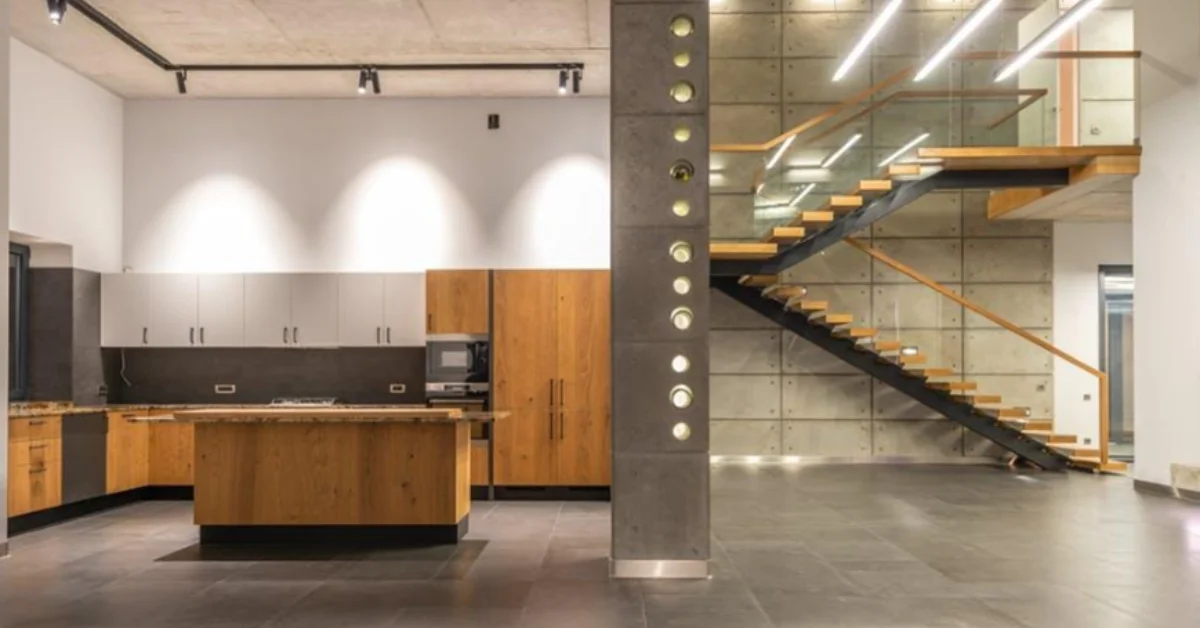Understanding the Basics of Basement Waterproofing

A wet basement can cause more problems than you might expect. From mold growth to foundation damage, water issues in your basement can affect your entire home.
Basement waterproofing means stopping water from getting in and preventing damage to your house over time. Understanding the basics of basement waterproofing helps homeowners make better choices and keep their property safe and healthy.
Why Basement Waterproofing Matters
A basement is the lowest point in your home, which means it’s the first area water will try to enter. Without waterproofing, basements are more likely to develop leaks, dampness, or flooding during heavy rains.
This can lead to structural problems, musty odors, and even health risks due to mold. Taking care of waterproofing now helps shield your house and prevents expensive fixes later on.
Common Causes of Basement Water Problems
Basement water problems usually come from a few main sources. Knowing these reasons helps you recognize what signs to watch for.
Poor Drainage
If water around your home doesn’t drain properly, it can build up against your foundation and seep inside. This often happens when gutters are clogged or downspouts release water too close to the walls.
Cracks in the Foundation
Small cracks in basement walls or flooring can let water leak inside. As time passes, these small splits can expand and create larger problems.
Hydrostatic Pressure
When the ground around your basement becomes saturated with water, pressure builds up and pushes moisture through your walls and floors.
Improper Grading
When ground around your home tilts inward rather than outward, rain flows straight to your foundation and creates leaks.
Types of Basement Waterproofing
There are different ways to keep your basement dry, depending on your home’s needs and budget.
Interior Waterproofing
This approach manages water that’s already gotten into your basement space. It often includes sealants, coatings, or drainage systems installed inside. While it can help with minor moisture problems, it’s usually not enough for major water issues.
Exterior Waterproofing
Outside techniques stop water from coming in to begin with. This may involve applying waterproof coatings to the outside of the foundation, adding proper drainage systems, or repairing cracks. While it costs more upfront, outside waterproofing provides a lasting fix.
Drainage Systems
Special drains, water pumps, and similar systems guide water away from your basement area. These setups work particularly well in places that get lots of rain.
Choosing the Right Service
While some small fixes can be handled on your own, professional waterproofing is often the best course of action. Experts can assess your basement, find the source of the water, and recommend lasting solutions.
For example, if you are a homeowner in Virginia, you can explore this Arlington basement waterproofing services to ensure quality work and long-term protection for your home.
Protect Your Home from Water Damage
Waterproofing your basement ranks among the best ways to safeguard your house. The advantages range from stopping building damage to making your home environment healthier. By learning the basics and seeking expert help when needed, you can keep your basement dry and your family safe.
Take the first step today-invest in basement waterproofing and give your home the protection it deserves.
